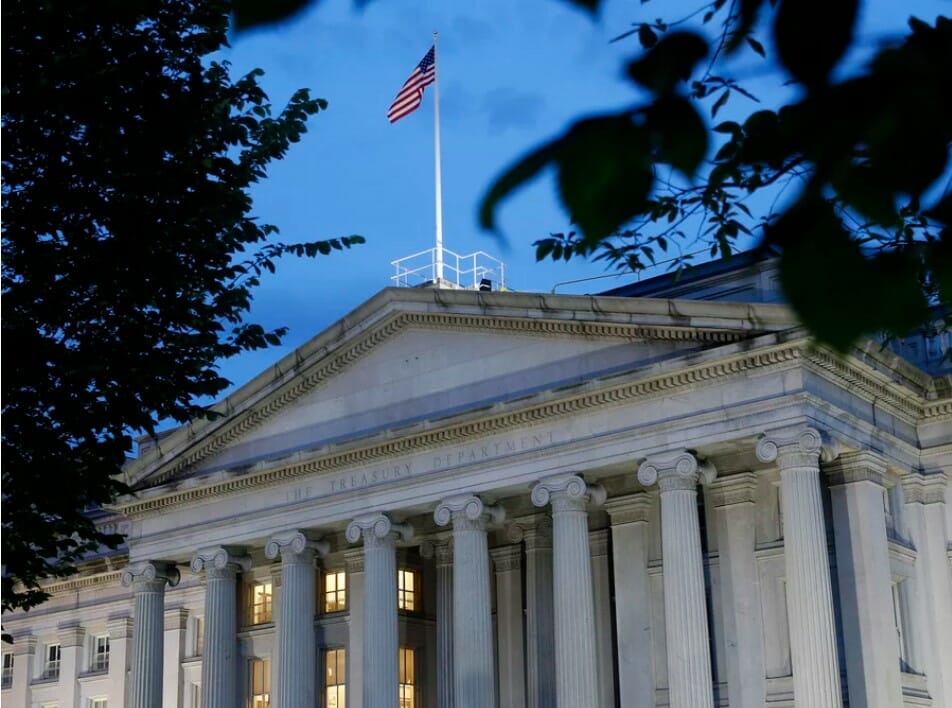KUALA LUMPUR, Malaysia (July 1): According to Fitch Ratings, Malaysia’s declaration of yet another broad loan moratorium could push the recognition of non-performing loans (NPLs) by Malaysian banks until 2022, potentially lengthening the time it takes for the banks’ credit cost and profitability to return to normal. The rating agency said in a statement yesterday that the new scheme’s opt-in nature suggests that the number of loans seeking a moratorium will be significantly lower than in 2020, but that the proportion will still rise significantly due to the continued financial strains that households and small businesses face as a result of the prolonged lockdown.
The government’s reintroduction of a blanket six-month moratorium on all loans to individuals and micro, small and medium enterprises (MSMEs) on Monday as part of a RM150 billion relief package amid an extended nationwide lockdown echoes the first six-month moratorium implemented for the same borrower segments last year, except that they will now have to apply for the deferral, but approvals will take longer.
According to Fitch, by the end of the first quarter of 2021 (1Q21), loans under relief among the six largest banks amounted for an estimated 12% of total loans, down from a peak of almost 57 percent in mid-2020.
The new embargo, according to Fitch, will push the peak in NPL ratios until 2022 later than projected.
“However, both the payment holiday and higher fiscal transfers and pension fund withdrawals will help debtors.”
As a result, we’ve updated our forecast for the banking system’s nonperforming loan ratio (NPL) to climb only little by the end of 2021, from 1.6 percent in May 2021, and we now expect it to peak at bel “w 2.5 percent,” it went on to say.
The moratorium’s temporary suppression of NPL ratios until at least 1Q22, according to Fitch, means that loan-loss allowances for damaged loans are becoming less accurate indicators of banks’ loss-absorption buffers in the meantime.
“Allowances as a proportion of loans have become more relevant, with the banking system’s allowances growing to 1.8 percent by May 2021 from 1.2 percent at the end of 2019.
“Assessments of the banks’ resiliency will continue to take into consideration the various levels of collateralization inherent in the institutions’ lending patterns,” it added.
While reported nonperforming loans (NPLs) may remain low in 2021, with problematic retail and SME loans not due until 2022, the adverse economic situation persists, according to Fitch.
“We believe the banks’ predicted credit loss models will continue to include greater macroeconomic variables and management overlays to account for the elevated uncertainty,” it said. “This means credit costs will remain high in 2021 and 2022, but lower than the levels seen in 2020,” it added.
“Reduced visibility of clients’ financial health and repayment behavior may also lead to increased caution among banks and a reduction in their appetite for loan expansion,” the report continued.
It stated that the banks’ delayed recognition of impaired loans, as well as the resulting smoothing of provisioning and profitability, have no immediate impact on their ratings because Fitch evaluates their credit profiles over longer time periods than quarters.
“At the start of the epidemic, we downgraded our rated banks’ asset quality and profitability factor scores, and we continue to see ample rating headroom at present levels,” it added.
Fitch cautioned that its assessment of the banks’ ratings could alter if unforeseen developments in how they deal with the long-term credit crunch occur.
“Credit provisioning policies that are not reflective of risks in the operating environment, such as looser credit provisioning policies, higher growth targets, or more aggressive capital management, could result in less favorable assessments of risk appetite and managerial finesse, putting ratings under pressure. Consistent restraint, on the other hand, would boost banks’ factor scores and support their viability ratings “It was highlighted./n





